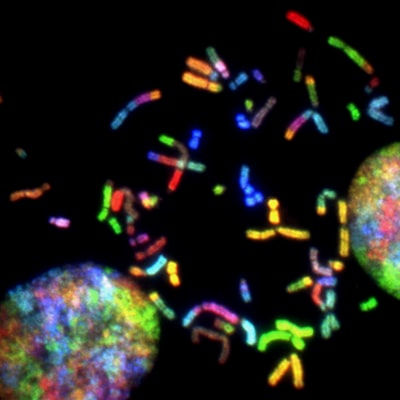If there’s a change in an organism’s environment this can have a major impact on its distribution. Today we have become more aware of the effect we have on the environment and how this in turn affects the organisms that live in it.
——————————————————
Human changes

Similarly, there have been concerns over pollinating insects. The honeybees, for example, are thought to be in decline due to a reduction in plant diversity. Evidence has shown that as the number of species of wildflower decreases so does the number of bees.
Deforestation has had devastating effects on the animals that live in the rainforests. However, it has also had global environmental effects, for example in the amount of rainfall and changes in temperature.
——————————————————
Natural changes
Environmental changes can also occur due to other factors, whether they’re non-living, like a change in the amount of rainfall, or living, like an increase or decrease in competition.
Predator and prey populations are one example.If there’s a lot of prey available then a predator will have more to feed on and so its numbers will increase. However, as the predator population increases so the prey’s population decreases and then the predator’s numbers naturally decrease as there’s not enough food available.
Lichens and air pollution

Lichens are plants that tend to grow in places like tree bark or rocks which are very exposed to the air. They use rainwater for their nutrients. If the rainwater contains too much sulphur dioxide then the lichen is unable to grow. Therefore, lichens are good at representing levels of pollution, particularly sulphur dioxide, as particular types can only survive in certain conditions.
- If the lichen is blooming then the air is very clean.
- If it’s leafy then there’s only a small amount of pollution.
- Crusty lichen is able to survive in air which is more polluted.
- No lichen can signify that the air contains a high amount of sulphur dioxide.